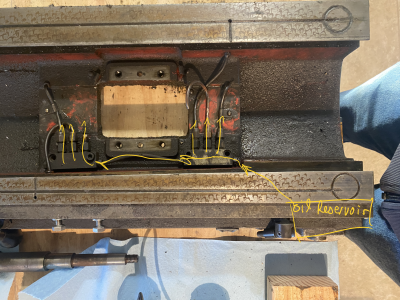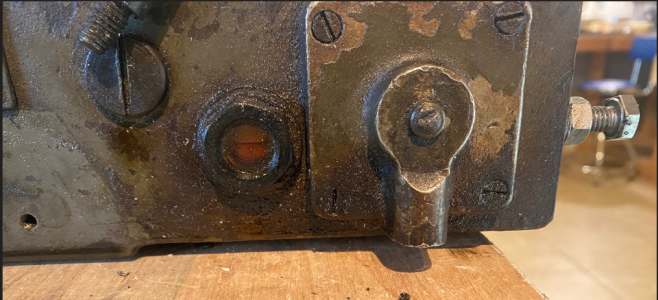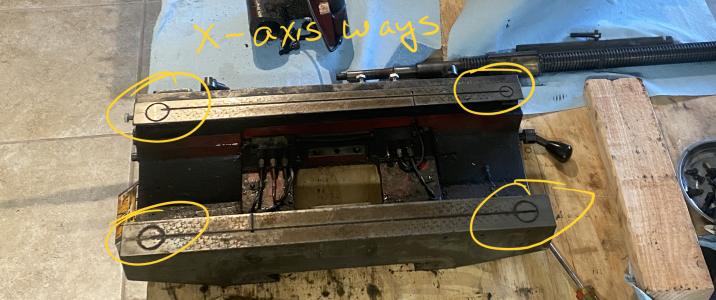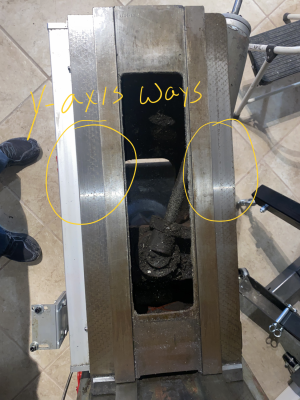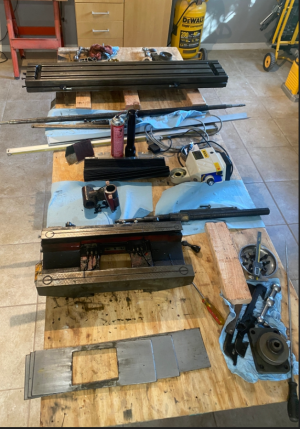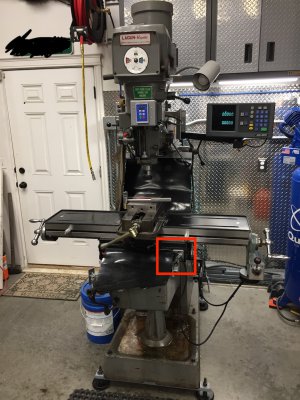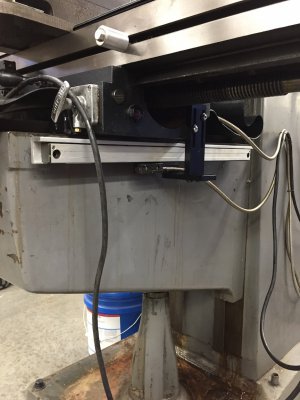- Joined
- Apr 23, 2018
- Messages
- 6,532
Thanks. I’m trying to make sense of the lubrication system - hope to have a manual soon.
Jim, I don't think the manual covers the plumbed lubrication systems. I think they were add-ons that were fit to order when the machines landed in L.A., same as power drawbars and servo drives. I'd have to look to be 100% certain, but I don't recall seeing any of it in the diagrams or parts lists.


